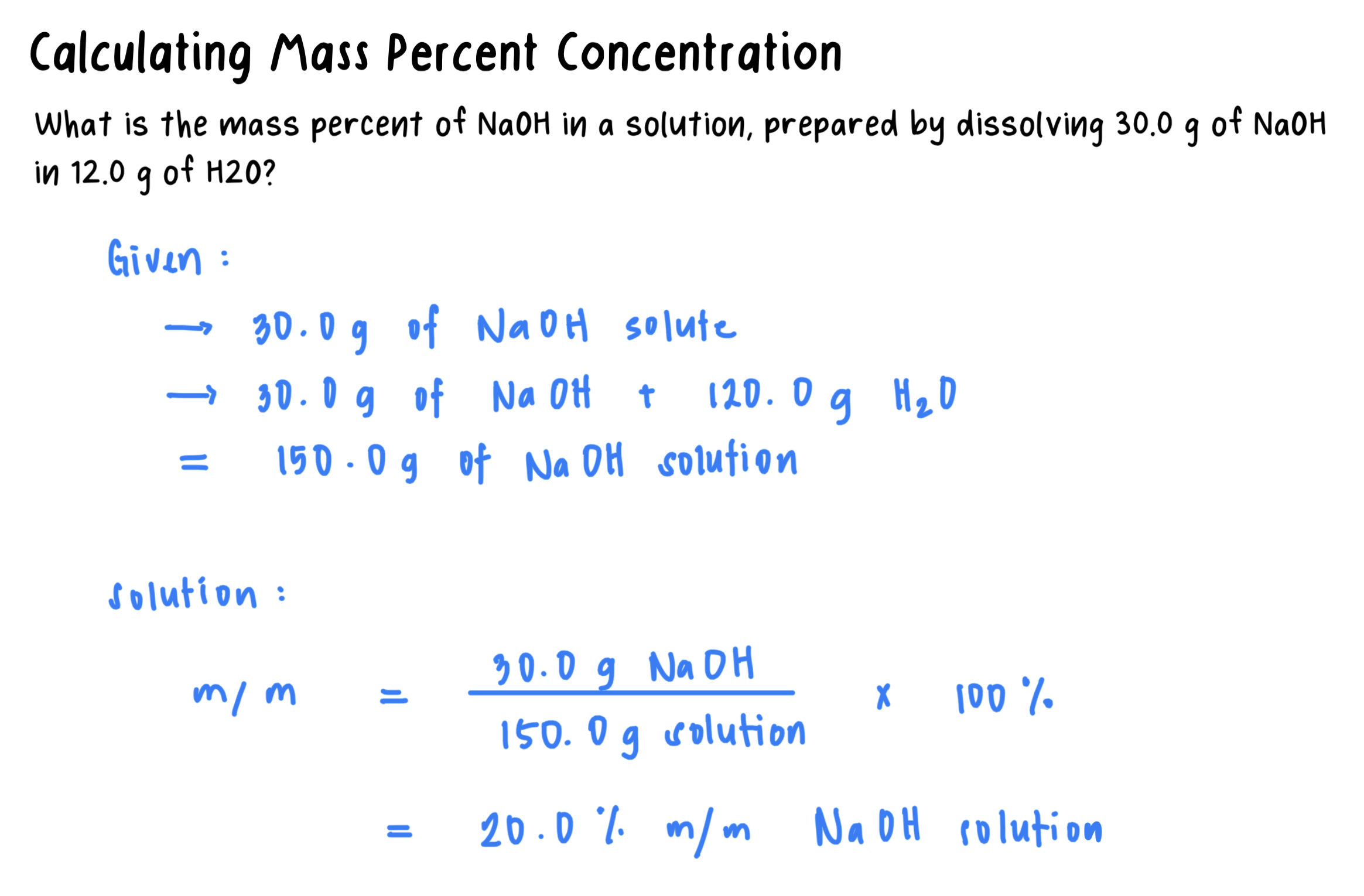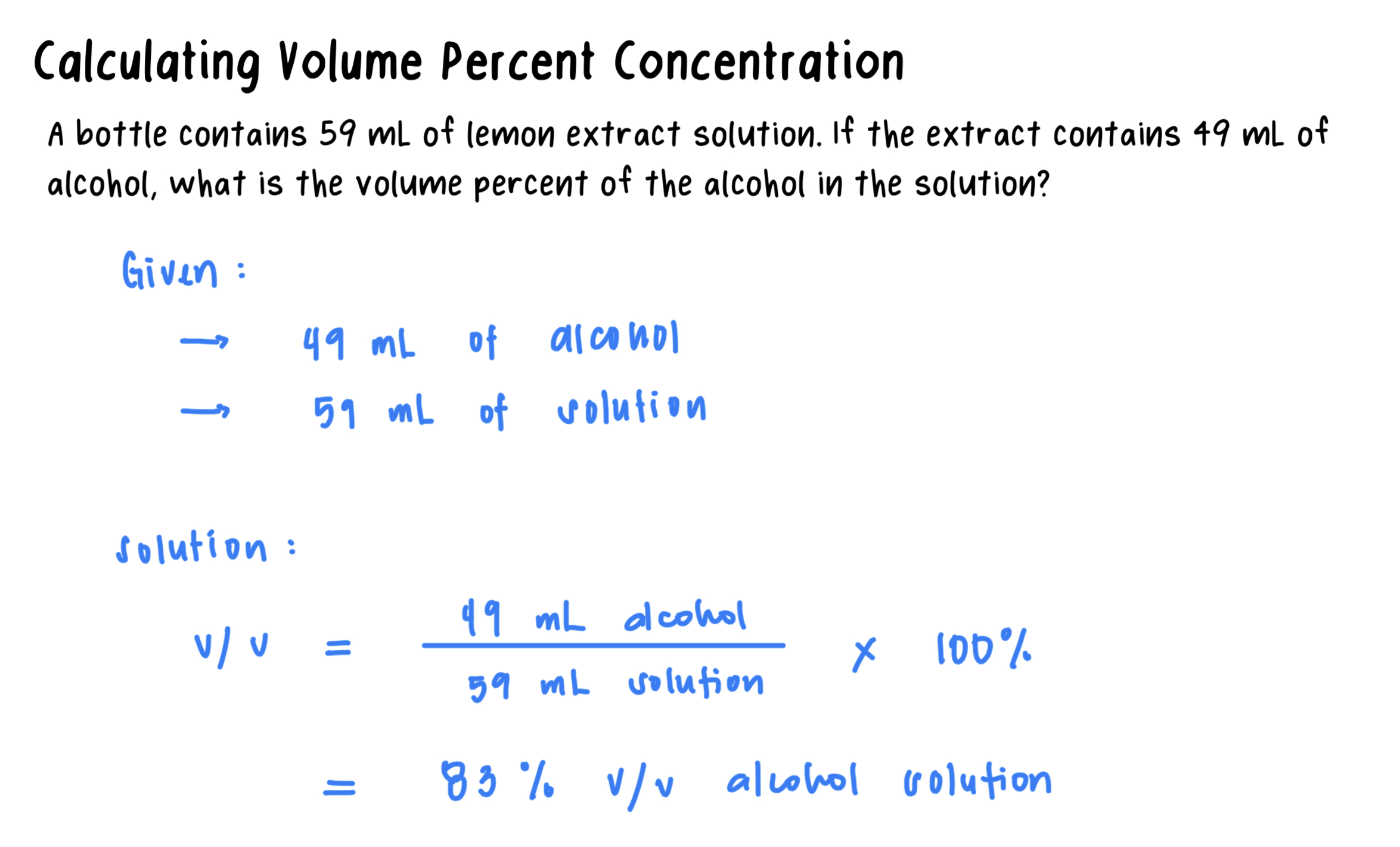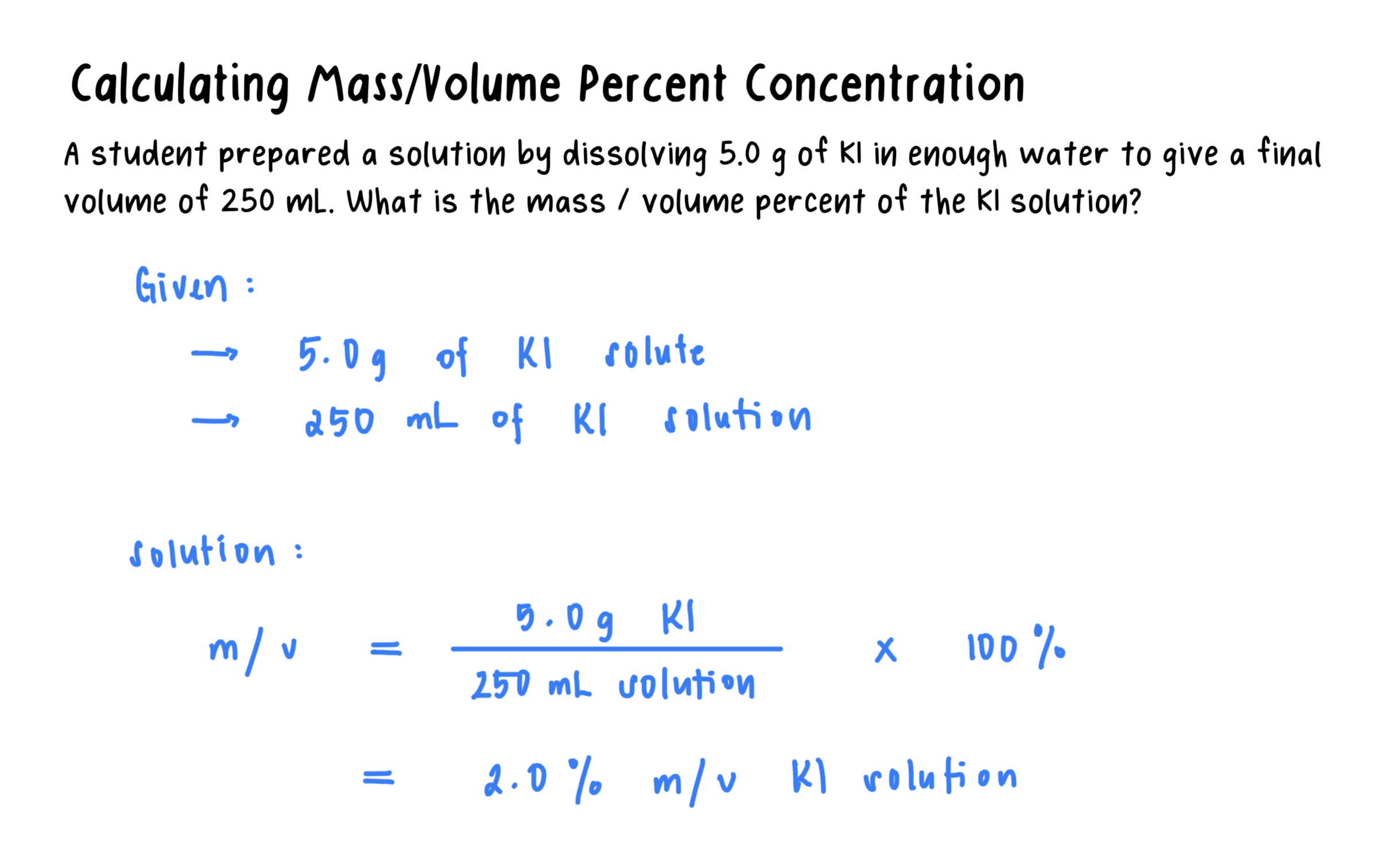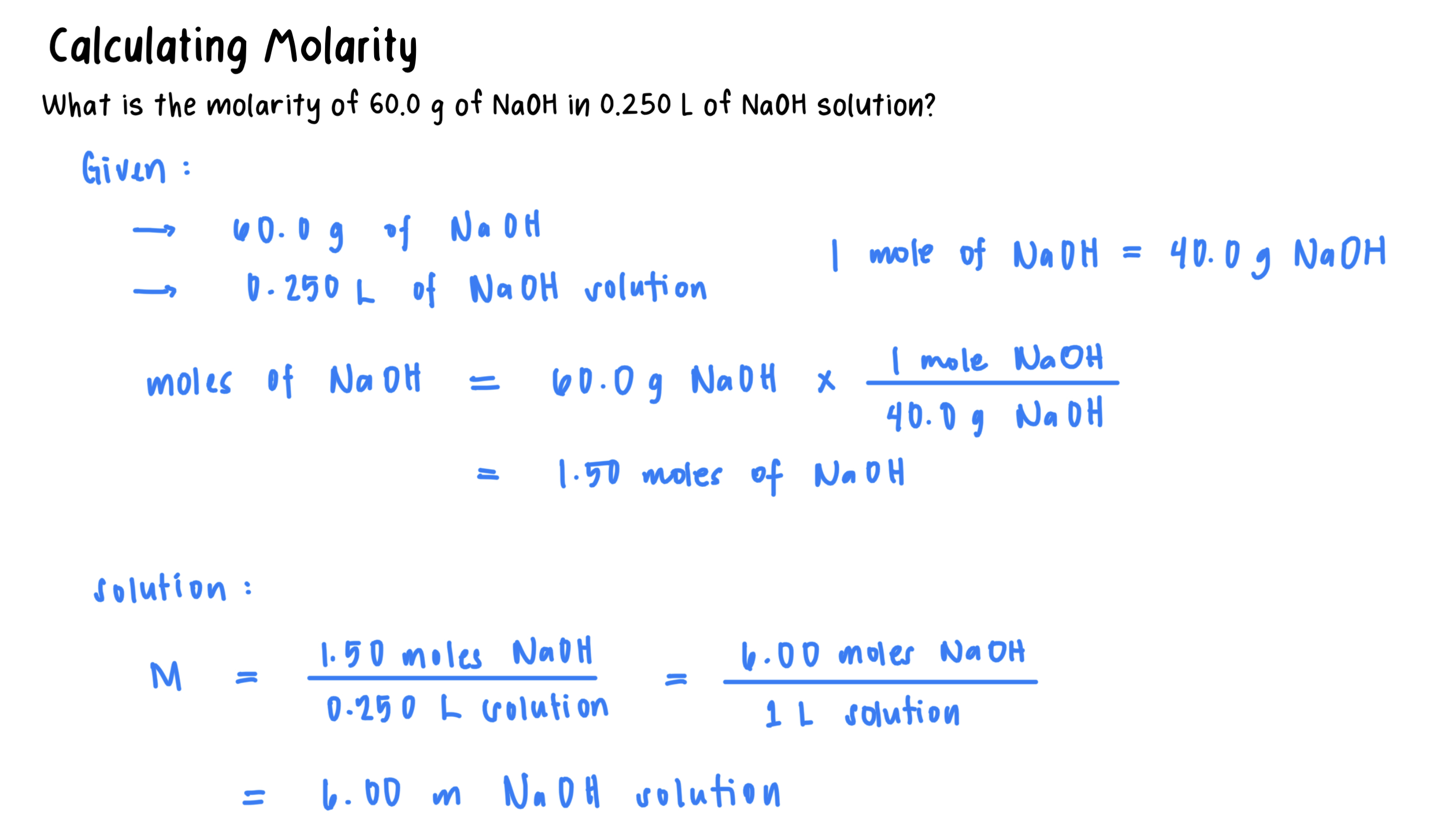Chapter 9: Solutions
9.1: Solutions
- Solution: A homogeneous mixture in which the solute formly dispersed in a solvent.
- Water (H20): It is one of the most common solvents in nature.
- It is polar, thus it is a polar solvent.
- Solutes and solvents may be solids, liquids, or gases.
- The solution that forms has the same physical state as the solvent.
- Hydrogen Bonds: Occur between molecules where partially positive hydrogen atoms are attracted to the partially negative atoms.
- Hydration: The process of surrounding dissolved ions by water molecules.
9.2: Electrolytes and Non-electrolytes
- When electrolytes dissolve in water, the process of dissociation separates them into ions forming solutions that conduct electricity.
- When nonelectrolytes dissolve in water, they do not separate into ions and their solutions do not conduct electricity.
- Strong electrolyte: There is 100% dissociation of the solute into ions.
- Weak Electrolyte: A compound that dissolves in water mostly as molecules.
- Equivalent (Eq): The amount of that ion equal to 1 mole of positive or negative electrical charge.
- In any solution, the charge of the positive ions is always balanced by the charge of the negative ions.
9.3: Solubility
- It is the maximum amount of solute that can be dissolved at a certain temperature.
- It is used to describe the amount of a solute that can dissolve in a given amount of solvent
- It is usually expressed in grams of solute in 100 g of solvent.
- Unsaturated solution: The solution does not contain the maximum amount of solute.
- Saturated solution: A solution that contains all the solutes that can dissolve.
- Recrystallization: A process that occurs when a solution is saturated, the rate at which the solute dissolves becomes equal to the rate at which the solid forms.
- When a saturated solution is carefully cooled, it becomes a supersaturated solution because it contains more solute than the solubility allows.
- Henry’s Law: It states that the solubility of a gas in a liquid is directly related to the pressure of that gas above the liquid.
- Soluble Salts: Ionic compounds that dissolve in water.
- Insoluble Salts: Ionic compounds that do not dissociate into ions in water.
9.4: Concentrations of Solutions
Concentration: The amount of solute dissolved in a certain amount of solution.
Mass percent (m/m): The mass of the solute in grams for exactly 100 g of solution.


Volume Percent (v/v): The concentration of the volume of liquids or gases.


Mass/volume percent: The mass of the solute in grams for exactly 100 mL of solution.


Molarity (M): A concentration that states the number of moles of solute in exactly 1 L of solution.


9.5: Properties of Solutions
- Dilution: A solvent is added to a solution, which increases the volume.
- Solution
- It appears transparent, although it may have a color.
- The particles are so small that they go through filters and through semipermeable membranes.
- A semipermeable membrane allows solvent molecules such as water and very small solute particles to pass through but does allow the passage of large solute molecules.
- Colloidal particles
- These are large molecules, such as proteins, or groups of molecules or ions.
- These are small enough to pass through filters but too large to pass through semipermeable membranes.
- Suspension
- These are heterogeneous, nonuniform mixtures that are very different from solutions or colloids.
- The particles of these are so large that they can often be seen with the naked eye.
- Osmosis
- The water molecules move through a semipermeable membrane from the solution with the lower concentration of solute into a solution with a higher solute concentration.
- Osmotic Pressure: It prevents the flow of additional water into the more concentrated solution.
- Reverse Osmosis: A pressure greater than the osmotic pressure is applied to a solution so that it is forced through a purification membrane.
- Isotonic Solutions: A solution that has the same particle concentration and osmotic pressure as that of the cells of the body.
- Hypotonic Solutions: A solution that has a lower particle concentration and lower osmotic pressure than the cells of the body.
- Hemolysis: The increase in fluid causes the cell to swell, and possibly burst.
- Hypertonic Solutions: A solution that has a higher particle concentration and higher osmotic pressure than the cells of the body.
- Crenation: A process when the water leaves the cell, it shrinks.
- Dialysis
- A dialyzing membrane, permits small solute molecules and ions as well as solvent water molecules to pass through, but it retains large particles, such as colloids.
- It is a way to separate solution particles from colloids.